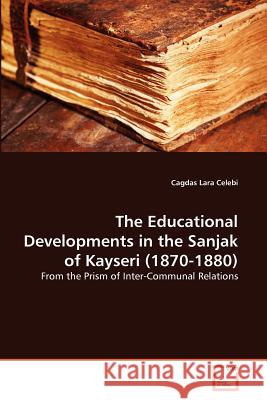The Educational Developments in the Sanjak of Kayseri (1870-1880) » książka
The Educational Developments in the Sanjak of Kayseri (1870-1880)
ISBN-13: 9783639371697 / Angielski / Miękka / 2011 / 424 str.
The Ottoman educational modernization and secularization period witnessed the emergence of more than one type of educational systems that were parallel to the central system. This study discusses the new educational amendments, which were related to the process of the emergence of ideological infrastructures at the state, community and missionary schools of the late nineteenth century Kayseri. This examination will be useful to understand the patterns of inter-communal relations especially in the decade of 1870-1880. We shall see that, even in the non-existence of the foreign influences, the state educational system was not strong enough to promote a common identity. Besides, even the survival of the former educational system within the new one, or other shortcomings of the state educational system would not have been tremendous problems, if the influence of the non- Muslim bourgeoisie on educational activities could have been eliminated. The missionary schools, on the one hand, could supplement some of the educational gaps of Kayseri and its vicinity, but on the other hand, they partly led to the alienation of the millet communities to each other.











